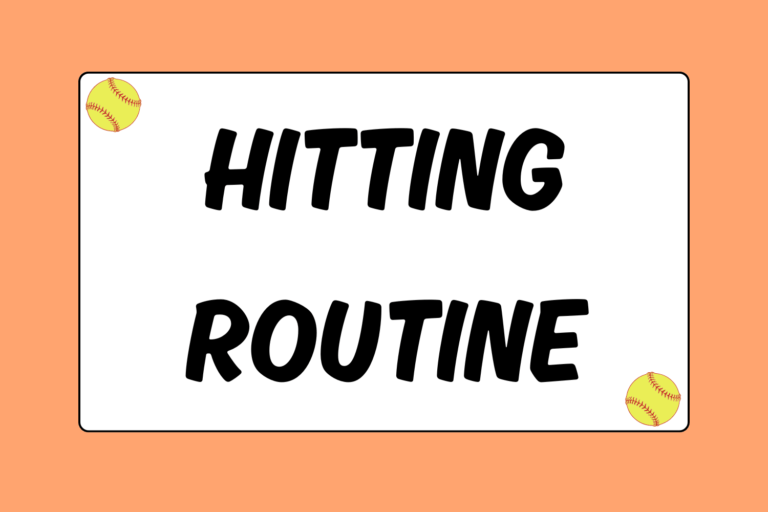Earned run average (ERA) is a simple calculation that approximates the number of earned runs a pitcher allows per seven innings pitched. In simple terms, the ERA tells you the average number of runs earned in a full game. It is an “average” because the pitcher does not have to throw the full seven innings; it’s estimated in the calculation.
This guide will break down how the ERA is calculated, and what it can tell you about a pitcher.
Earned Run Average (ERA)
The ERA is calculated by multiplying the total number of earned runs a pitcher allows by seven, and then dividing by the number of total innings pitched.
- Earned run average: (Earned runs × 7) ÷ (Innings pitched)
Earned Runs
The first thing that needs to be calculated is the total number of earned runs against the pitcher. An earned run is just that: Earned. If a run is scored as the result of an error by the defense, it is not earned. Therefore, it is not included in the ERA calculation.
Innings Pitched
Not every pitcher is going to throw a complete game every outing. That being said, it’s important to know how to formulate partial innings. In softball, every out is considered as one-third of an inning (0.33 for ERA purposes). Here is a quick rundown of how to calculate each out:
- One out: 1 ÷ 3 = 0.33
- Two outs: 2 ÷ 3 = 0.67
- Three outs: 3 ÷ 3 = 1.00
- Example: If a pitcher throws five full innings and is pulled after the first out of the sixth inning, she will have thrown 5.33 innings.
Why Seven?
You multiply the number of earned runs by seven because softball games are regulated to seven innings, and the ERA is an estimation of how many earned runs a pitcher allows per game.
High & Low
The higher the ERA, the more runs earned against the pitcher. It’s as simple as that. No team can score without putting runners on base, and runners have to get hits to get on base. As a result, a high ERA can mean that the pitcher is hittable. If the ERA is low, the pitcher will generally be harder to hit (at least for solid contact).
Generally speaking, anything below 1.00 is a great (and intimidating) ERA — but, that’s not the norm. Any ERA below 2.00 is considered to be excellent. An ERA between 2.00 and 4.00 is usually close to average, depending on the level of play, and anything over 5.00 is typically considered to be high.
As a hitter, take a pitcher’s ERA into consideration before a game, but do not overestimate or underestimate a pitcher you’ve never faced. Overestimating a pitcher with an exceptionally low ERA will make you psych yourself out before even stepping into the box. However, never underestimate a pitcher, either. You’d be surprised at how hard it can be to hit a ball that is traveling slowly, but with movement. Just because a pitcher has had some bad days, resulting in a high ERA, doesn’t mean you will automatically have her number.
Get on the Mound!
If you are a pitcher, don’t get paranoid about your ERA. It changes with every game. Sometimes you’ll have a good game, and sometimes it’ll be a little rough. Always pitch your best and don’t let the numbers define you.
If you are always on your game and you throw strikes, your defense will usually back you up and make the plays. Your job is to pitch. Do that and do it well, and you’ll be on your way to a successful career.





